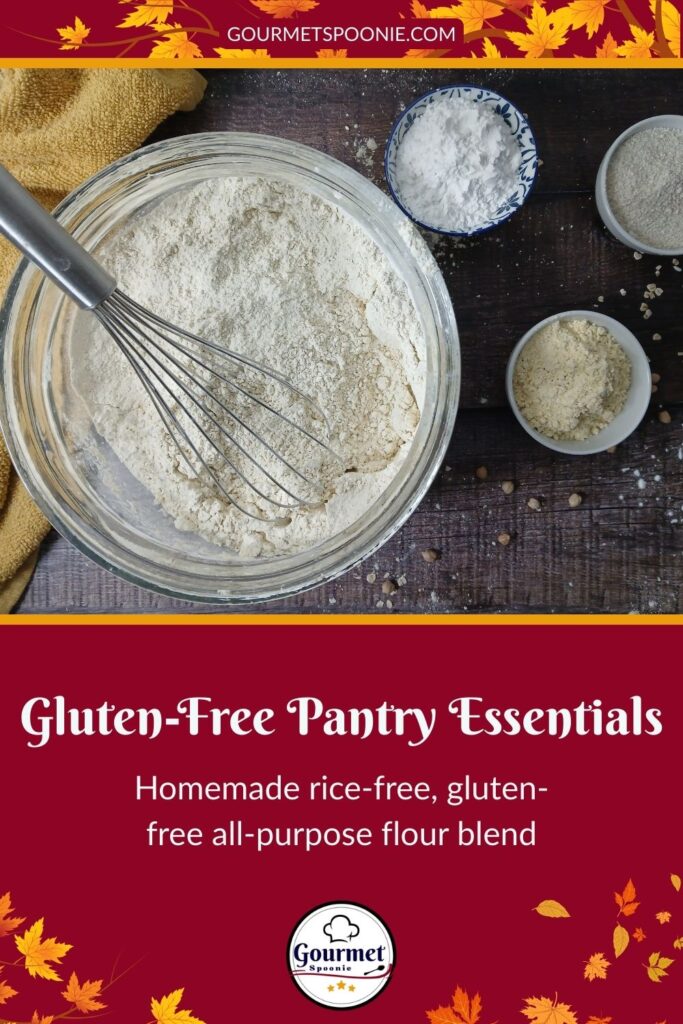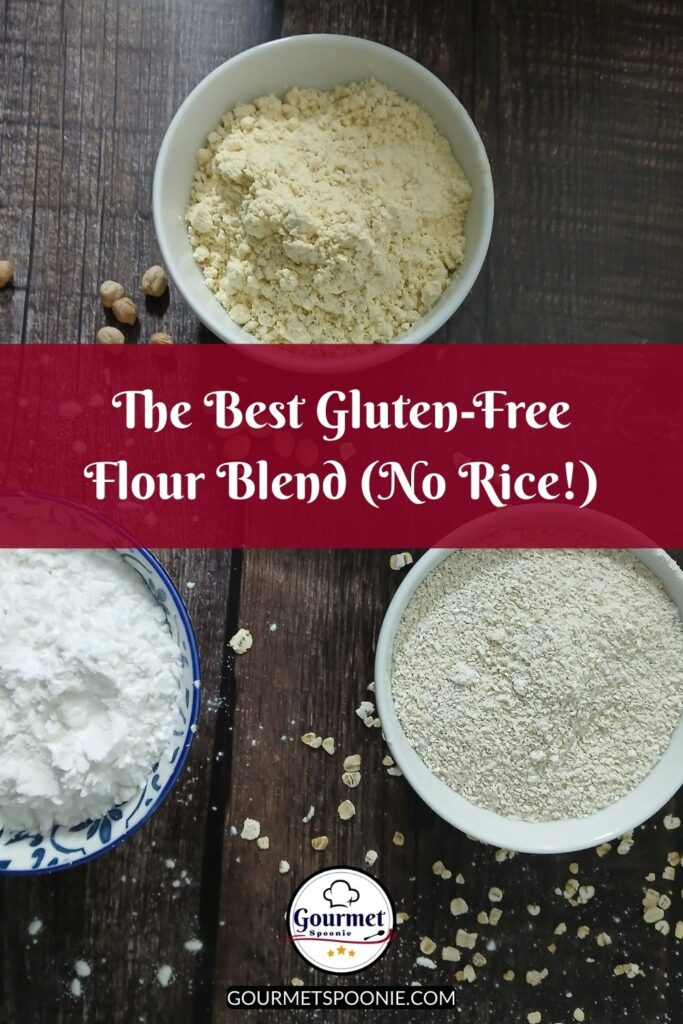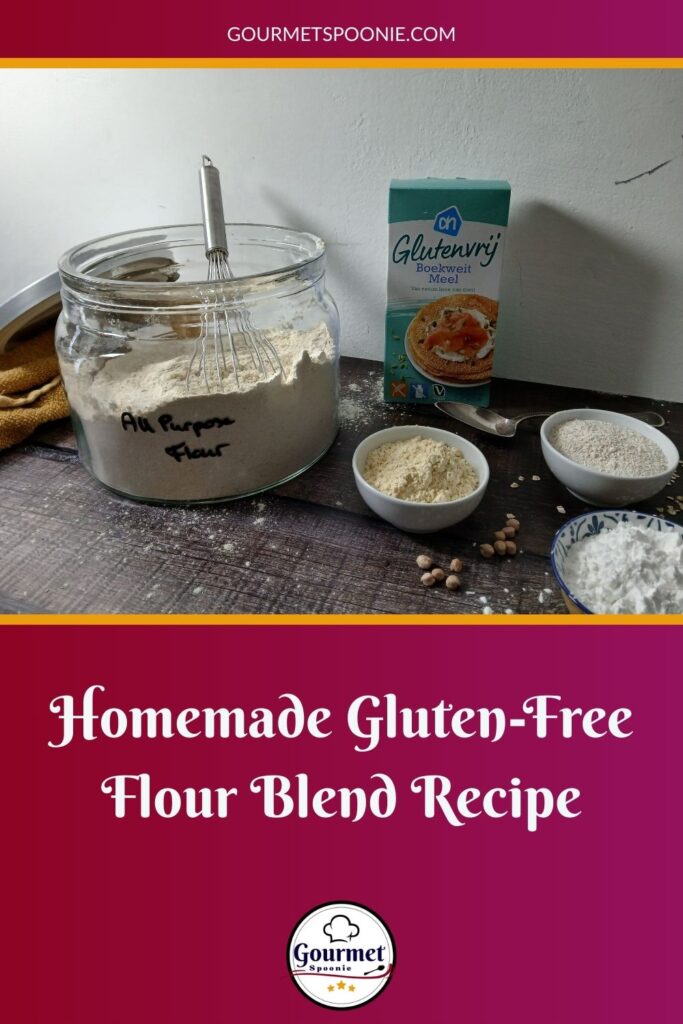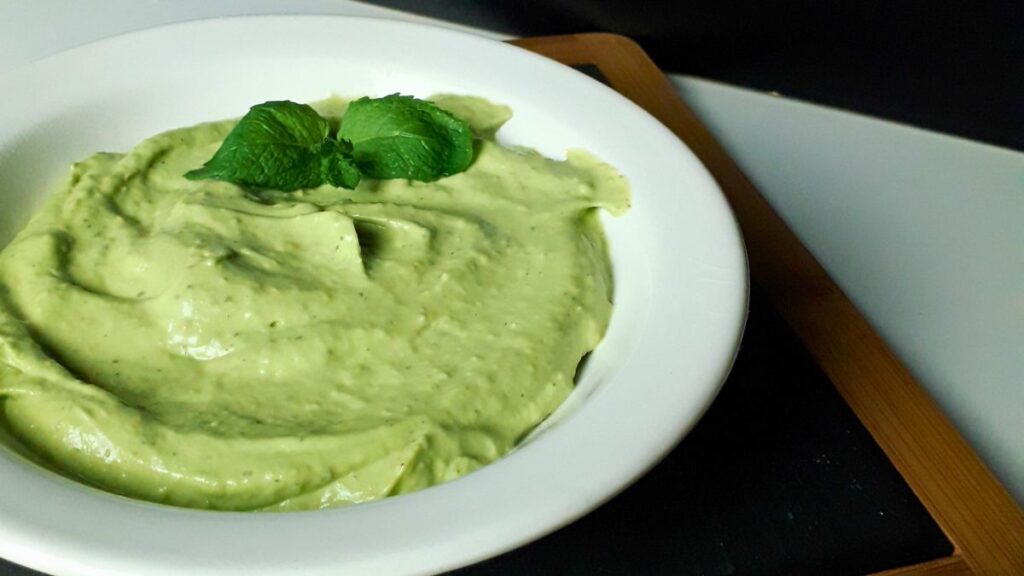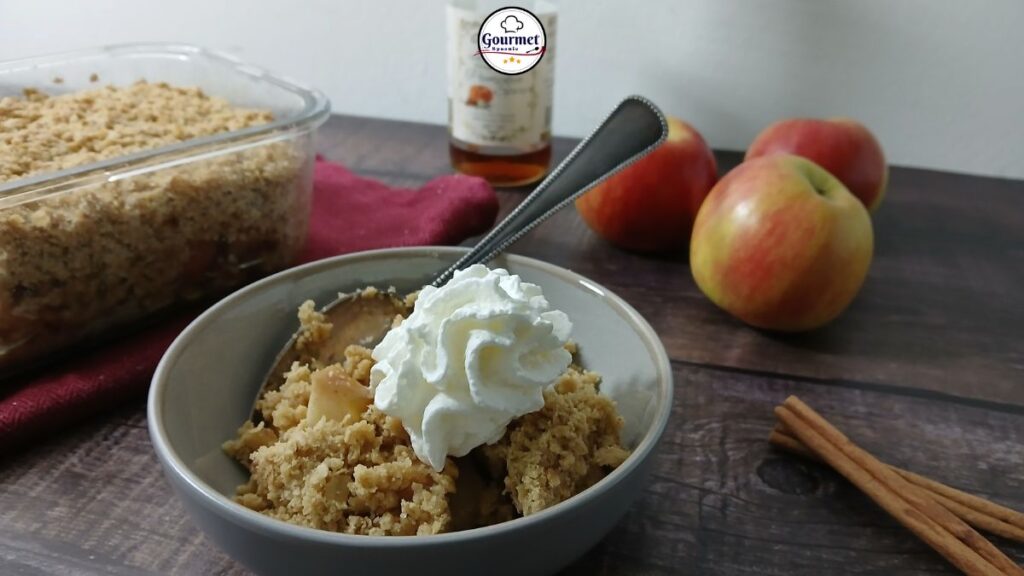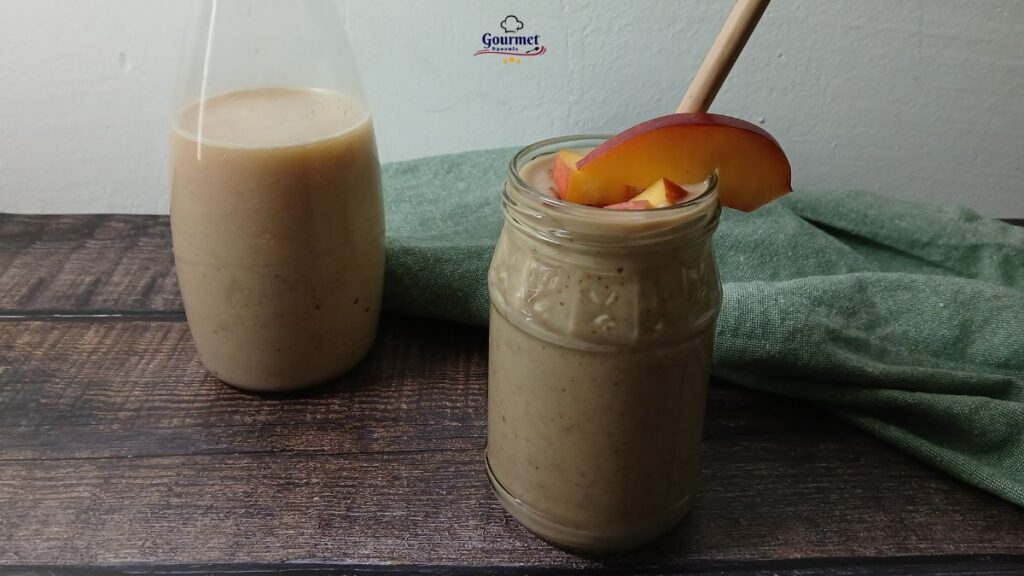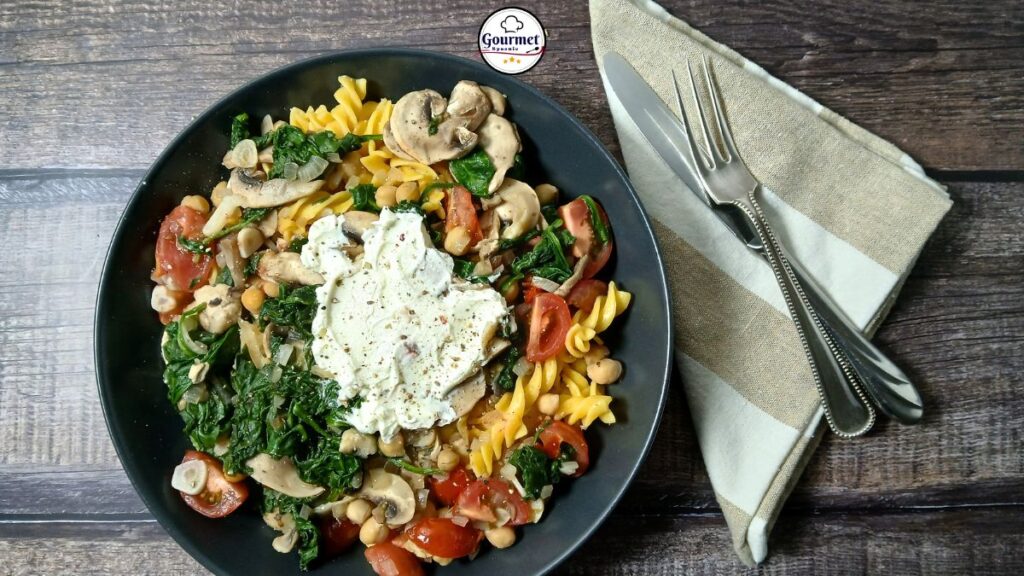How to Make the Best Gluten-Free Flour Blend
I vividly remember my first attempt at gluten-free baking, many years ago. Thinking I didn’t need an expensive commercial gluten-free flour blend, I simply used rice flour instead of wheat flour. I made no other changes to the recipe. At all.
Vegan | GF | Soy-free | Nut-free | No rice
The result was… interesting.
Though the cake tasted well enough, the texture was a gritty mess that fell apart if you even just looked at it.
Lesson learnt. The hard way.
On the Menu
Why Gluten-Free Flour Needs a Blend
Wheat flour is perfect for baking. The gluten adds structure, creates pockets of air, and retains moisture. It also ensures your baked goods brown nicely, and gives that soft chew we expect in pancakes, muffins, or bread.
Without gluten, all of this is far harder to achieve, and no single gluten-free flour can do all of these things. That’s why we need a blend of flours and starches to mimic these properties.
In this blend, chickpea and buckwheat flours add protein and structure, which helps the batter bind and give it a slight bite. Oat flour mellows the flavours, and tapioca starch is the glue that makes it airy and keeps in moisture.
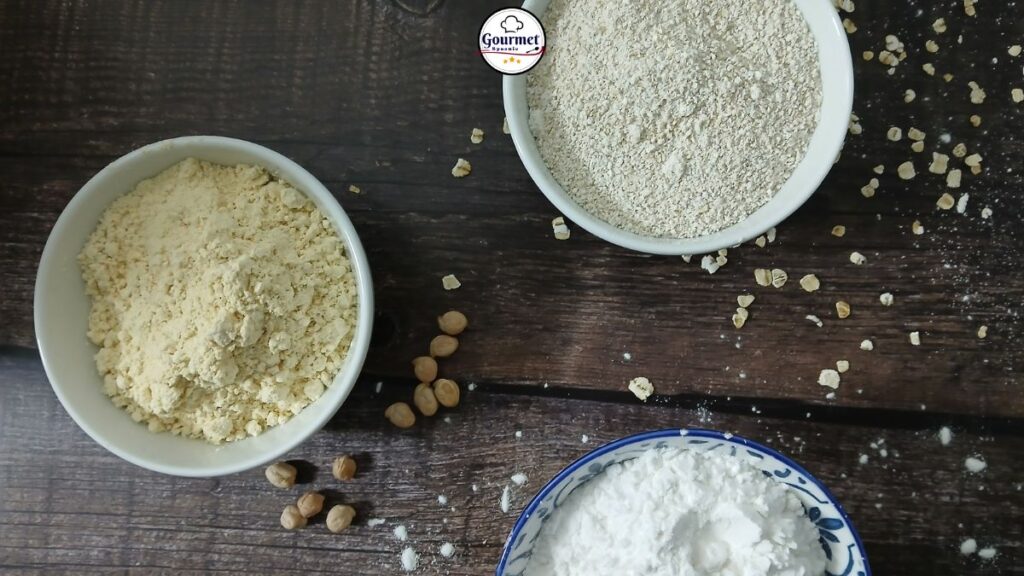
| Good to know: This blend works best for pancakes, biscuits, scones, flatbreads, and soda bread. I have not tested it for cakes or yeast breads yet, but suspect it would need some tweaking to get good results there. |
Do You Always Need a Blend?
The short answer is: no, you don’t.
You can bake a really nice lentil bread using ground-up lentils, or savoury muffins from ground-up yellow split peas. And buckwheat pancakes don’t need any other flour, either. Nor does chickpea flatbread.
These are exceptions to the rule. In most cases, you will need a balanced blend of several flours and at least one starch to get satisfying results.
The food industry, always willing to give us fast and easy solutions—at a price—developed a whole host of gluten-free flour blends. Most of them, especially the cheaper ones, rely heavily on the use of rice flour, which is not a good thing.
Why Rice Flour Isn’t Always the Best Choice
The grittiness of rice flour aside (this can be remedied by adding other flours into the blend, after all), there’s one really big problem with rice: it contains high amounts of arsenic. If you eat a lot of rice, you are slowly poisoning yourself.
For me, this is reason enough to create my own homemade gluten-free flour blend. Without rice flour.
Ingredients for a Perfect Flour Blend
My first attempts at creating a rice-free gluten-free flour blend resulted in a mediocre mix of chickpea flour, cornmeal (corn flour for my American readers), and cornflour (cornstarch in US English). I’d probably have been better off just using chickpea flour alone, as my pancakes always came out crisp and brittle, and my breads turned into bricks.
I then started experimenting with equal parts chickpea flour and oat flour for my pancakes, which actually yielded rather nice results, but might not have worked as well for biscuits or other baked goods.
After some more experimenting, I finally landed on a combination of chickpea flour, oat flour, buckwheat flour, and tapioca starch. These flours are all readily available where I live, and not overly expensive. Though, to be honest, it’s cheaper (and incredibly easy) to make your own oat flour by just grinding up some quick oats in your blender. So that’s what I typically do.
Chickpea, Oat, Buckwheat, and Tapioca: What They Do
Without becoming too technical, here’s why this blend works.
Chickpea flour is a medium-dense, protein-rich flour that gives your baked goods a nice rise. Oat flour has a slightly lighter texture, is rich in fibre and nutrients, and tastes wonderful. Buckwheat is a dense, protein-rich flour that adds body to your baked goods and has a lovely nutty taste. And last, but not least, tapioca starch acts basically as a glue: it helps create a cohesive dough—and often eliminates the need to add a gum into the mix.
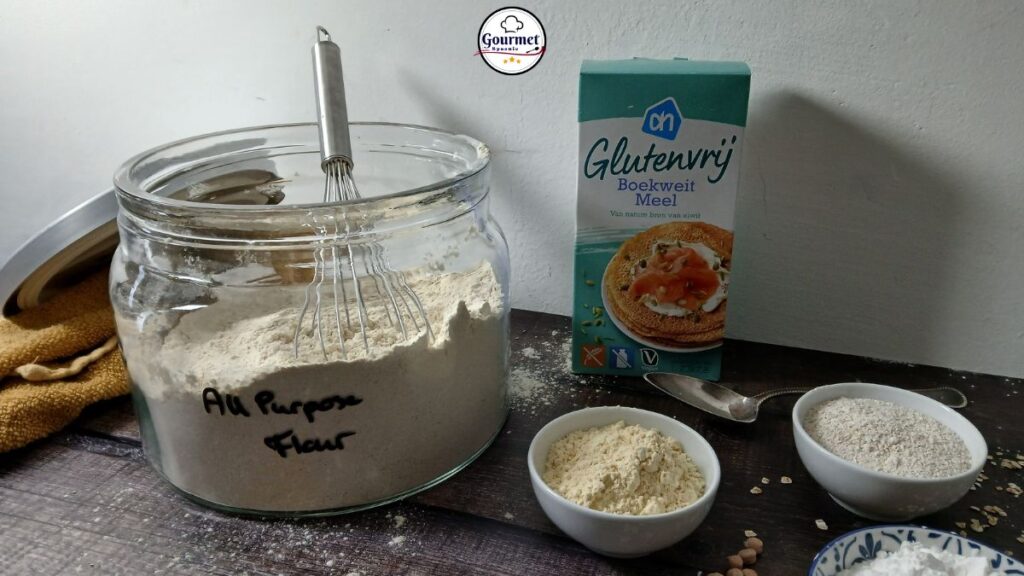
Measuring Gluten-Free Flour by Weight, Not by Volume
Gluten-free baking can be finicky, and as I’ve learnt through trial and error, not all gluten-free flour blends are created equal. Some flours are heavier than others. Whereas, for example, 1 cup of all-purpose wheat flour weighs 120 g, 1 cup of chickpea flour weighs 85 g, and 1 cup of cornmeal 138 g. Quite a difference, right?
Also note that these weights are approximate. How densely the flour is packed into the cup can have a significant influence. So there’s only one way to really be sure: use reliable scales. Preferably digital.
That is the best way to avoid culinary disaster.
Tips for Storing Your Homemade Gluten-Free Flour
When stored in an airtight container, your homemade gluten-free flour blend will keep for several months in a dark place at room temperature. Heck, I just store it in a large glass container in a kitchen cupboard (behind a glass door) and I’ve yet to experience my flour blend going off.
That said, you might want to keep your flour blend in the fridge or freezer if you expect it will need to last for longer than, say, six months. Better safe than sorry.
Substitutions and Quick-Use Ideas
While my flour blend is easy, relatively inexpensive, and versatile, I know not everyone can digest oats. Others might object to the slightly beany flavour of chickpea flour. Thankfully, there are other options to get a good rice-free gluten-free flour blend.
The best alternative to oat flour would be millet flour (starchy, with a mild nutty taste), or sorghum flour, which has a slightly earthier flavour. You could also use a mix of millet and sorghum flour.
If you dislike the taste or smell of chickpeas (honestly, I never even notice it), you could try sorghum flour, millet flour, or a mix of half millet, half almond flour (if not allergic).
Small Baking Projects: Flatbreads, Muffins, and Pancakes
As already mentioned above, this gluten-free flour blend might not be best suited to cakes or yeast bread, but it works beautifully for smaller baking projects like flatbreads, muffins, pancakes, apple crumble, and biscuits.
My recipe for chocolate chip cookies, which will be published in the first issue of Buoy’s Chronic Illness Zine, uses this blend, so keep an eye out for that. (I’ll keep you posted.)
Lovely Dutch Pancakes
Did I just hear someone say they want a pancake recipe with this mix? Your wish is my command. Coming soon: Decadent Gluten-Free Vegan Pancakes.
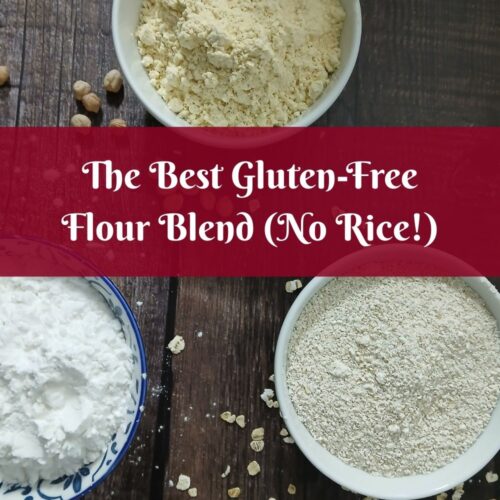
Rice-Free Gluten-Free Flour Blend
Equipment
- 1 scale preferably digital
- 1 large airtight container
- 1 whisk
- 1 spoon
Ingredients
- 250 g chickpea flour
- 250 g oat flour
- 250 g buckwheat flour
- 250 g tapioca starch
Instructions
- measure the flours250 g chickpea flour, 250 g oat flour, 250 g buckwheat flour, 250 g tapioca starch
- combine in container and mix well
Notes
- Keeps for several months in an airtight container at room temperature.
- For longer storage, refrigerate or freeze.
- Works well for pancakes, flatbreads, biscuits, and scones.
Like this recipe? Pin it!
